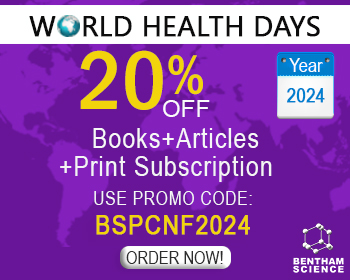Abstract
Background: Primary open-angle glaucoma (POAG) is a multifactorial pathology involving a variety of pathogenic mechanisms, including oxidative/nitrosative stress. This latter is the consequence of the imbalance between excessive formation and insufficient protection against reactive oxygen/nitrogen species.
Objective: Our main goal is to gather molecular information to better managing pathologic variants that may determine the individual susceptibility to oxidative/nitrosative stress (OS/NS) and POAG.
Method: An extensive search of the scientific literature was conducted using PUBMED, the Web of Science, the Cochrane Library, and other references on the topic of POAG and OS/NS from human and animal model studies published between 2010 and 2017. Finally, 152 works containing relevant information that may help understanding the role of antioxidants, essential fatty acids, natural compounds and other similar strategies for counteracting OS/NS in POAG were considered.
Results: A wide variety of studies have proven that antioxidants, among them vitamins B3, C and E, Coenzyme Q10 or melatonin, ω-3/ω-6 fatty acids and other natural compounds (such as coffee, green tea, bear bile, gingko biloba, coleus, tropical fruits, etc.,) may help regulating the intraocular pressure as well as protecting the retinal neurons against OS/NS in POAG.
Conclusion: Based on the impact of antioxidants and ω-3/ω-6 fatty acids at the molecular level in the glaucomatous anterior and posterior eye segments, further studies are needed by integrating all issues involved in glaucoma pathogenesis, endogenous and exogenous risk factors and their interactions that will allow us to reach newer effective biotherapies for preventing glaucomatous irreversible blindness.
Keywords: Glaucoma, oxidative stress, nitrosative stress, antioxidants, essential fatty acids, natural compounds.



























